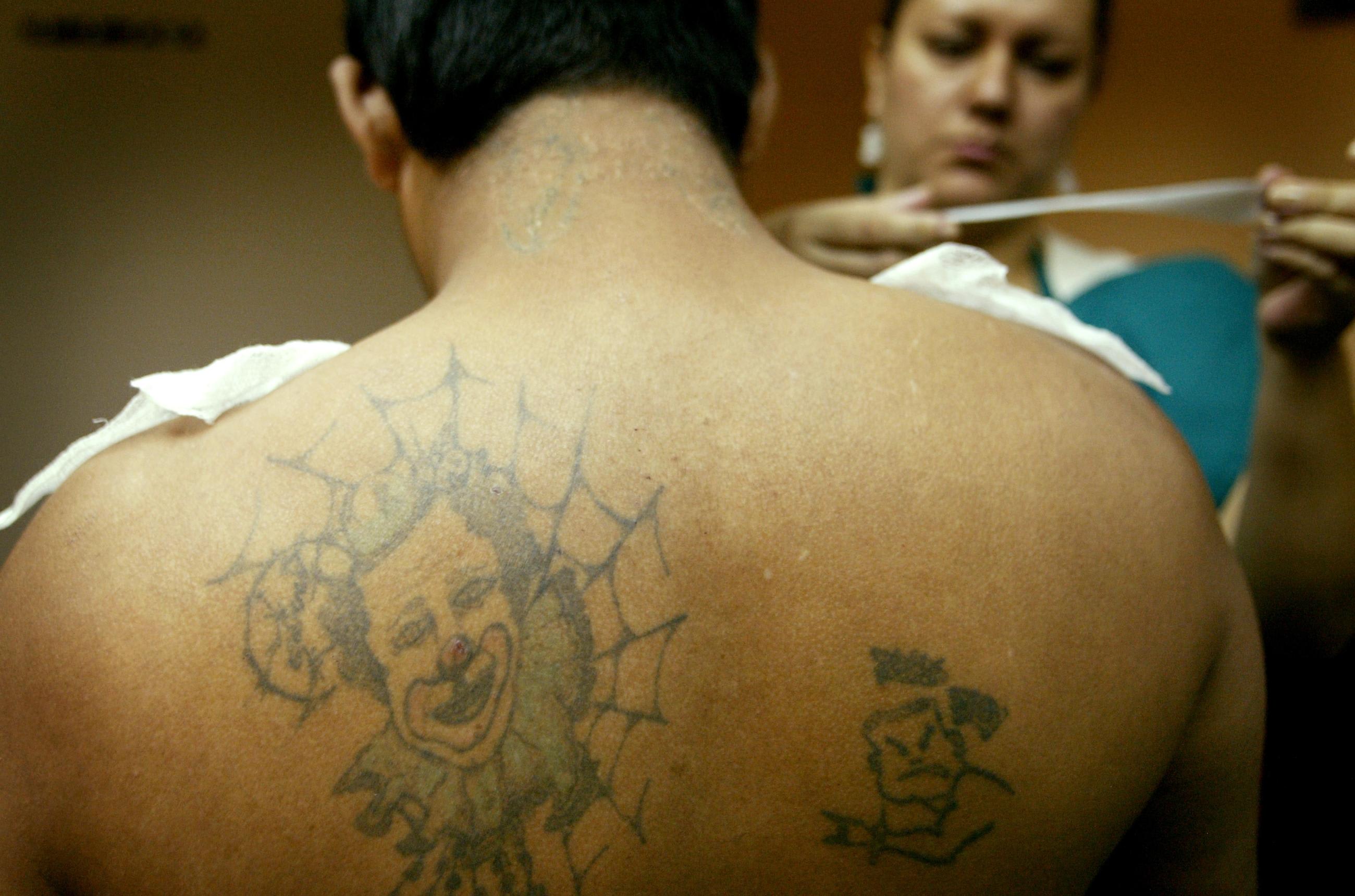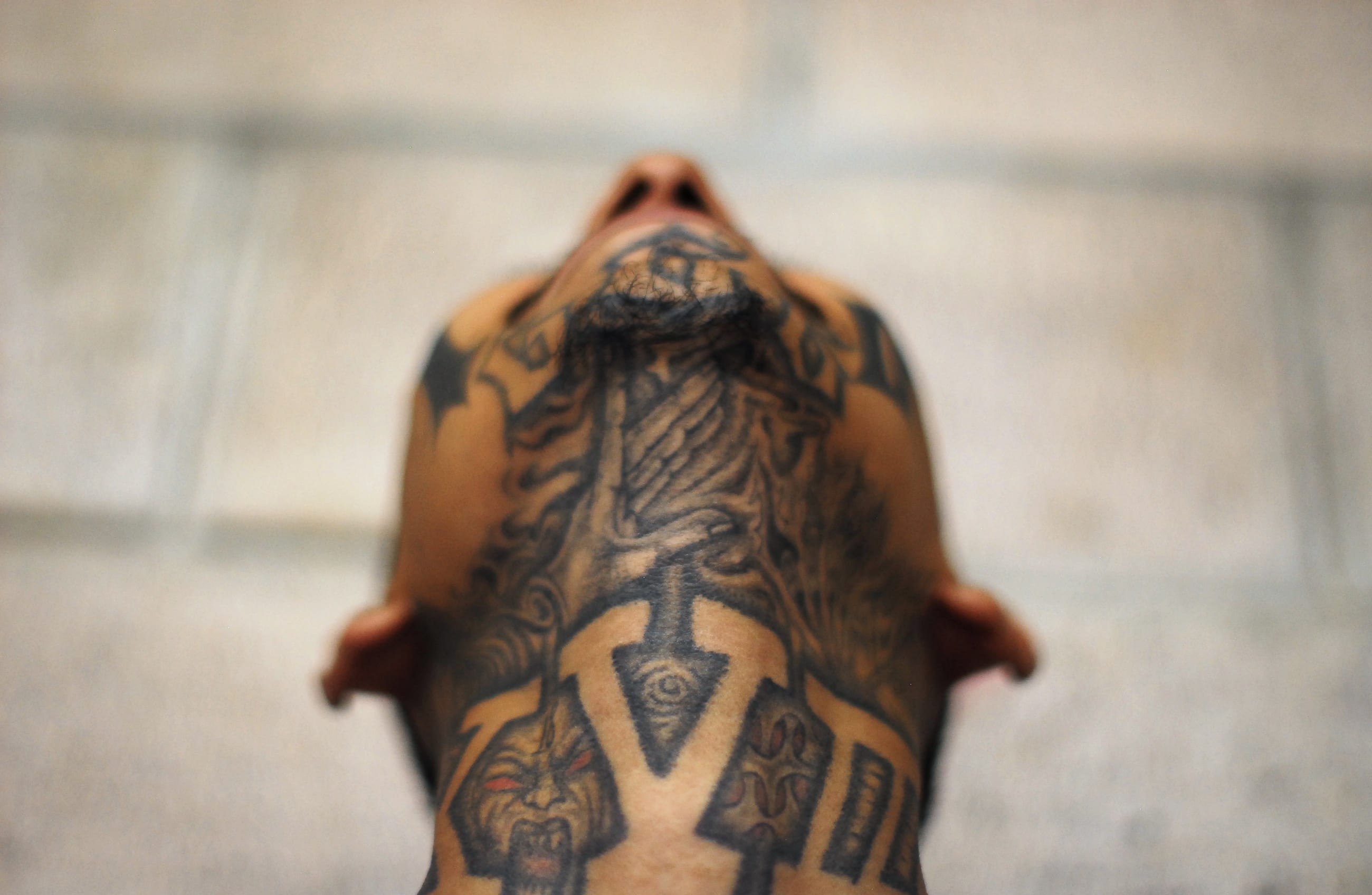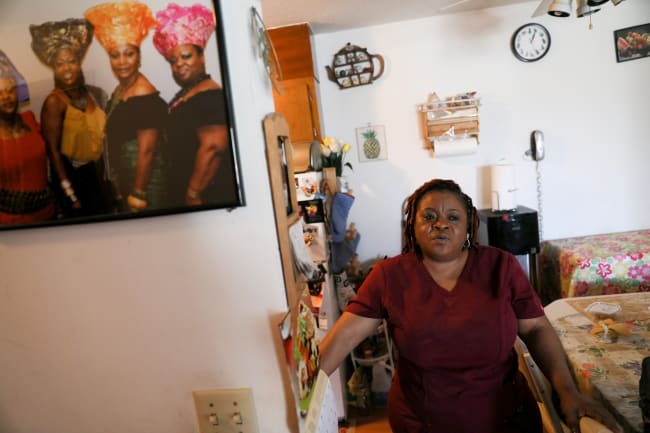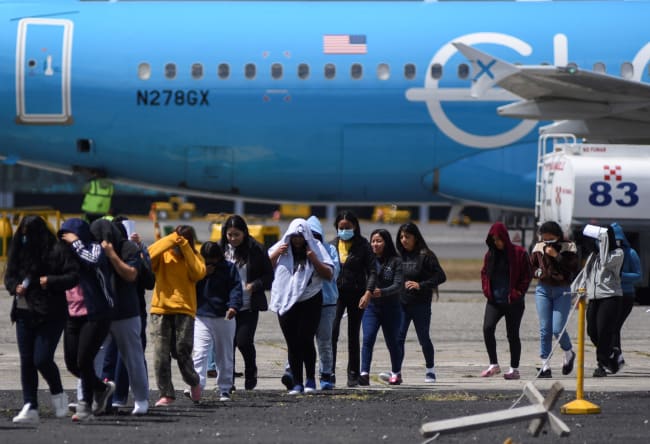Twenty-four years after the U.S. Trafficking Victims Protection Act and the UN's Palermo Protocol, human trafficking has emerged not only as a matter of security and human rights, but also as a public health crisis.
Physician advocates such as Shadi Kourosh have cared for trafficked patients and seen glimpses of this hidden epidemic as victims pass through the health-care system. They have begun to mobilize with medical organizations to address human trafficking through the lens of public health—and to this end have sought the guidance and partnerships of government experts and agencies. Mark Lagon, as former U.S. Ambassador-at-Large to Combat Trafficking in Persons (TIP) and the CEO of Polaris, has witnessed how capacity-building in health workers such as emergency room nurses is a vital source of data for the National Human Trafficking Hotline (1-888-373-7888), which Polaris operates.
Our complementary perspectives and joint work now seek to spotlight two crucial findings. First, the medical encounter with a person experiencing human trafficking is a key point of contact and a tremendously untapped opportunity for intervention and public health data gathering. Dermatologists, for example, have found skin signs of sex trafficking. Training health workers in these visual signs and patterns on the skin can help prompt more timely recognition and intervention for patients who are trafficked.
Second, partnerships between the medical community, state agencies, and nongovernmental organizations (NGOs) are necessary to develop information, capacity-building, and have a greater impact on this acute human rights and public health issue.
The Intersection Between Trafficking and Medical Care
A landmark study found that 88% of trafficking survivors report passing through the health-care system unrecognized; relatedly, in surveys of national medical organizations, the overwhelming majority of physicians reported a lack of awareness or skills to recognize patients experiencing trafficking, and requested educational program for capacity-building.
A landmark study found that 88% of trafficking survivors report passing through the health-care system unrecognized
Stigma and vulnerable populations being treated as criminals or deportable migrants complicates identifying and serving trafficking survivors. Human trafficking is above all about extreme exploitation of categories of people denied their basic dignity and value.
The management of HIV/AIDS and COVID-19 as global public health crises offers lessons. Those working in the response efforts of the HIV/AIDS and COVID-19 global public health crises. The on-the-ground efforts against these pandemics have revealed how effective responses depend on all vulnerable populations having access to health care, whether minority or LGBTQ+ populations, sex workers, drug users, or migrant workers. Health-care professionals are well suited to assess and address survivors of trafficking because they must view and treat all people equally as patients.
The Skin Signs of Trafficking
The skin signs of trafficking fall into three major categories.
The first is infections, predominantly sexually transmitted infections in sex trafficking or infestations such as lice due to poor living conditions. The second is injury, such as physical trauma caused by abuse or self-inflicted injuries or scars fueled by posttraumatic stress. The third is imagery—certain patterns and symbols noted in tattoos related to sex trafficking.
Like gang tattoos, sex trafficking tattoos can include imagery of weapons and violence. However, they are distinct in their inclusion of other themes such as currency and transaction (dollar signs and barcodes), symbols of romantic sentiment (hearts, valentines, teddy bears) given that trafficked individuals are sometimes in intimate relationships with traffickers, and signs of dominance or ownership (crowns or the name or initials of traffickers), reminiscent of the branding of slaves.
Although skin signs alone are not determinative that a sex worker is subject to force, fraud, and coercion and hence should be classified as trafficked under the law and international accords, they can be crucial indicators when survivors are often afraid to self-identify lest they be jailed or deported.
Approaches
Capacity-building efforts in the medical community have the potential to help identify and assist child laborers, documented guest workers, and undocumented migrant workers who are trafficking victims under the law. For example, when domestic servants are subject to force, fraud, and coercion, medical encounters can be one of the few windows into human trafficking hidden within the walls of an abusive home.

A multidisciplinary approach within the health-care system can more fully address restoring the health, well-being, and social reintegration of trafficked persons, leveraging specialists for physical and psychological traumas as well as the social determinants of health. Dermatologists can serve in interdisciplinary teams to recognize skin signs that could prompt intervention and to offer volunteer tattoo removal programs for those escaping traffickers.
So too, psychologists and psychiatrists can educate health-care teams on how to navigate medical encounters with the skills of trauma-informed care, so that patients experiencing trafficking can feel safe and comfortable enough to disclose their situation and seek assistance. As the data of unrecognized trafficked patients passing through the health-care system highlights, these disclosures are often delayed, if they come at all, given the patients' fears of the trafficker and their insufficient trust in the commitment and capability of the medical team to effectively intervene.
The arc of trafficking survivors' reempowerment includes identification, housing, physical medical care, therapy, trauma-informed job training, and placement in work for dignity and economic viability. Among health professionals, psychologists and psychiatrists have a critical role in addressing the linchpin to survivors' reclaiming dignity scars on the mind and spirit that traffickers have inflicted.
Health-care professionals are an essential but underused force for mitigating and ultimately ending human trafficking
Extending beyond multidisciplinary approaches, properly designed multistakeholder partnerships are also crucial to finding and serving the needs of trafficking survivors, implementing preventive measures, and holding traffickers to account.
Sometimes these collaborations can be transformative if missions, motives, metrics, and market dynamics of the stakeholders are aligned. Otherwise, such partnerships can simply appear promising on a superficial level without becoming substantive. Truly consequential partnerships can leverage the medical community in promoting data gathering as well as more timely recognition and effective interventions.
For instance, in certain regions of the United States, human trafficking task forces funded by the U.S. Department of Justice have brought together different assets to identify people subject to and perpetrating human trafficking, offering the former assistance and holding the latter to account. They have bridged law enforcement, immigration, and social services agencies at the federal level with those at state and local levels—yielding more than the sum of the parts rather than less. They have connected law enforcement and NGOs, which often are suspicious of each other's motives and missions, and even incorporated faith-based organizations, such as the Salvation Army in Cook County, Illinois.
Now 40 years old, the National Center for Missing and Exploited Children, and the private sector to address commercial sexual exploitation of children, and the trafficking of minors. Such task forces and multistakeholder assets would be even more powerful if they incorporated doctors, nurses, and health caregivers centrally.
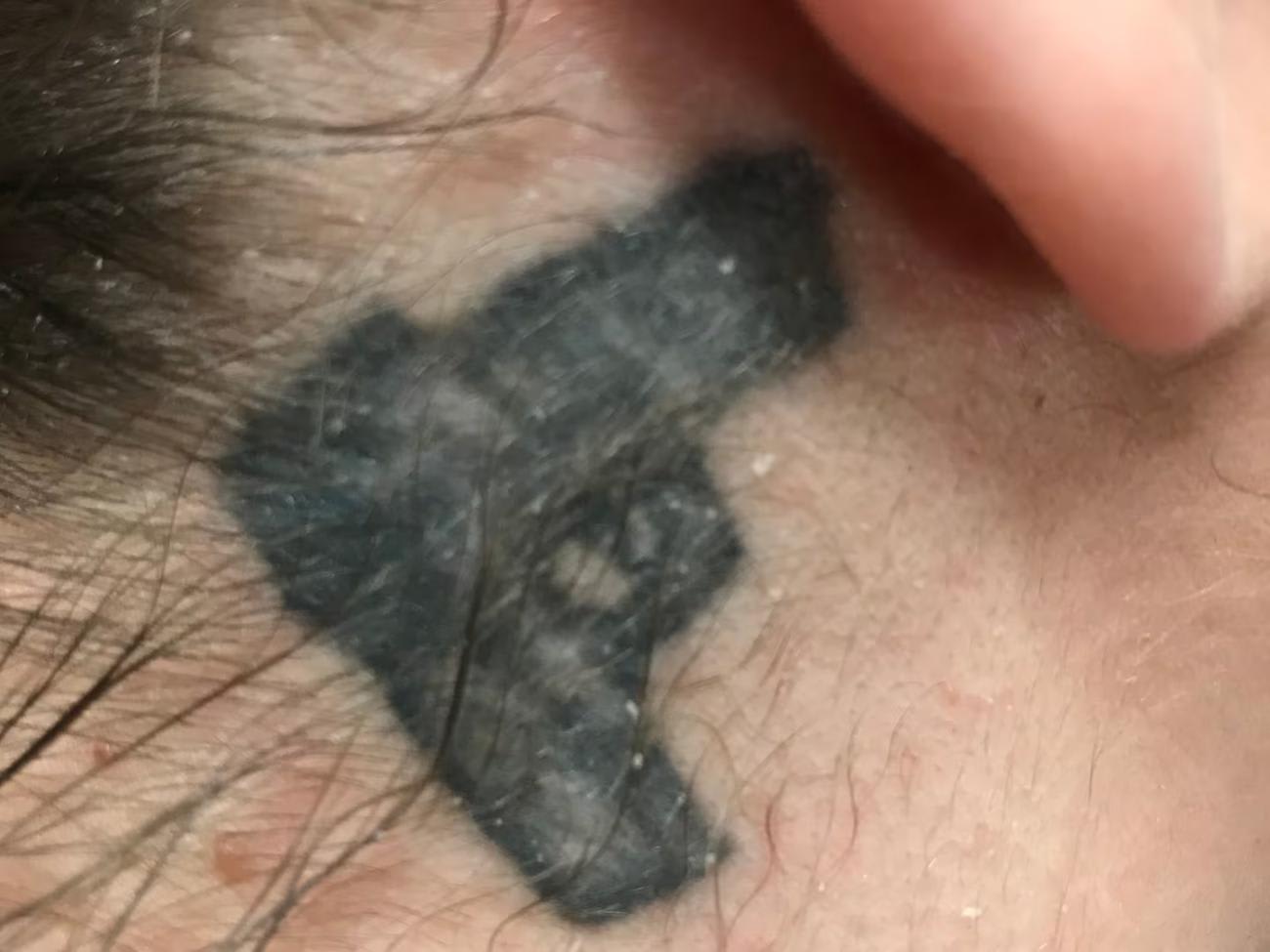
Unlike the field of combating HIV/AIDS amid key, vulnerable populations, where data is resourced, rich, and reliable, that of human trafficking has been straitened by weak data on the overall incidence of the problem and the efficacy of particular interventions. Requirements for law enforcement at all levels in the United States to submit data of trafficking cases to registries have been weakly implemented by overworked personnel neglecting this final step in a case, or just not understanding that some acute cases involving sex workers or laborers meet the criteria for trafficking.
Consider how fuller integration of health-care professionals into multistakeholder partnerships to counter trafficking could create a quantum leap in data and understanding. Moreover, health-care professionals are trained to protect privacy of individuals as a sacrosanct norm—allowing data collection to shield the identities of scared and scarred individuals. A group of medical organizations are already working together to champion an international data-gathering initiative on human trafficking based on an anonymous registry tracking of skin signs of trafficking—developed by health workers and other stakeholders such as shelter personnel and law enforcement—that government agencies could use.
At the same time, the mainstream medical community can improve its ability to help patients by staying informed by government agencies on issues such as how trafficking affects their patients and the resources that government agencies and NGOs provide. National surveys by physician organizations reveal that medical providers are largely unaware of the government and NGO resources available for their patients and have expressed interest in education and training programs to learn about these topics. Beyond the invaluable hotline Polaris operates, government and multistakeholder training and information-sharing for the health-care community could be transformative.
Health-care professionals are an essential but underused force for mitigating and ultimately ending human trafficking, yet they are largely unaware of their assets toward identifying, caring for, and socially reintegrating trafficking survivors. The potential for powerful partnerships integrating them into larger anti-trafficking efforts is immense and stands to alleviate acute human suffering too often invisible to society.
